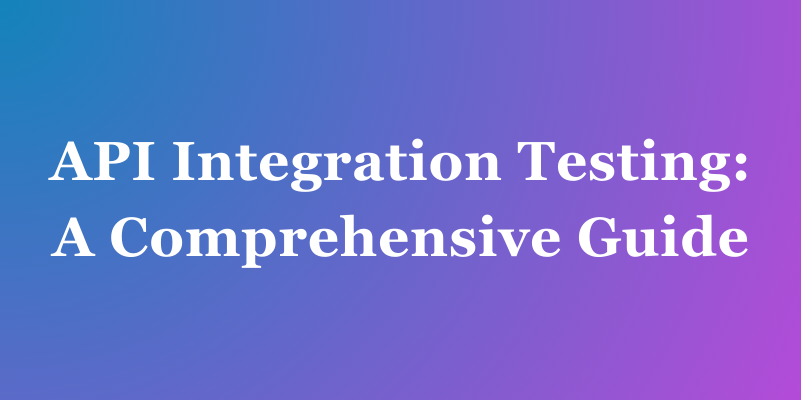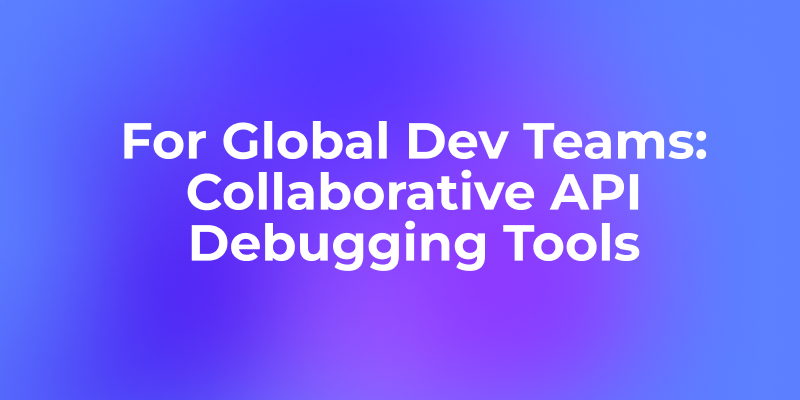When diving into the world of software development, you’ll often encounter two pivotal terms: frameworks and APIs. Both are fundamental tools that developers use to build robust applications, but they serve distinct purposes and offer unique benefits. In this post, we'll explore the differences between a framework and an API, how they complement each other, and why understanding these differences is crucial for any developer.
Before we delve deeper, if you're looking for a powerful tool to streamline your API development, download Apidog for free. Apidog provides an intuitive platform that simplifies the entire API lifecycle, from design to testing and documentation.
What is a Framework?
A framework is a comprehensive platform that provides a foundation and set of guidelines for developing software applications. It includes pre-written code, libraries, tools, and best practices, allowing developers to build applications more efficiently. Think of a framework as a blueprint that gives you a structured approach to creating your project, saving you from reinventing the wheel.
Key Features of Frameworks
- Code Reusability: Frameworks come with pre-built modules and functions that can be reused across different projects, significantly reducing development time.
- Consistency: By following a framework’s structure and guidelines, developers can maintain consistency in their code, making it easier to manage and collaborate on projects.
- Community Support: Popular frameworks have large communities that contribute to their improvement, provide support, and share best practices.
- Scalability: Frameworks are designed to support the growth of your application, ensuring that it can handle increased load and complexity over time.

Examples of Popular Frameworks
- Web Development: Django (Python), Ruby on Rails (Ruby), Laravel (PHP)
- Mobile Development: React Native, Flutter, Xamarin
- Frontend Development: Angular, React, Vue.js
What is an API?
An API (Application Programming Interface) is a set of rules and protocols that allows one software application to interact with another. APIs define the methods and data formats that applications can use to communicate with each other, making it easier to integrate different systems and share data.

Key Features of APIs
- Interoperability: APIs enable different systems to work together, regardless of their underlying technology.
- Abstraction: APIs provide a way to interact with a system without needing to understand its internal workings.
- Scalability: By using APIs, you can extend the functionality of your application by integrating with other services and tools.
- Efficiency: APIs allow developers to leverage existing functionality, speeding up the development process.
Examples of Popular APIs
- Web APIs: RESTful APIs, GraphQL APIs
- Third-Party APIs: Google Maps API, Twitter API, PayPal API
- Internal APIs: Custom APIs created for internal use within an organization
Framework vs API: Key Differences
Now that we’ve defined what frameworks and APIs are, let’s explore their key differences.

Purpose
- Framework: Provides a structured environment to build applications.
- API: Facilitates communication between different software applications.
Scope
- Framework: Offers a comprehensive set of tools and guidelines for developing an entire application.
- API: Focuses on enabling specific interactions between applications.
Code Reusability
- Framework: Includes reusable code, modules, and components.
- API: Provides reusable interfaces for accessing functionality.
Learning Curve
- Framework: Often requires a steeper learning curve due to its comprehensive nature.
- API: Generally easier to learn as it focuses on specific functionalities.
How Frameworks and APIs Work Together
Frameworks and APIs are not mutually exclusive; in fact, they often complement each other. A framework might include several APIs that allow you to perform specific tasks, such as database interactions, user authentication, and more. Conversely, an application built using a framework might expose its own APIs to allow other applications to interact with it.
Real-World Example
Consider a web application built using the Django framework. Django provides a structured environment to develop the application, including built-in features for database management, URL routing, and template rendering. Within this Django application, you might use the REST framework (a popular Django extension) to create APIs that allow external applications to interact with your data.
Choosing Between a Framework and an API
When deciding whether to use a framework or an API, it’s essential to consider your project’s specific needs.
Use a Framework When:
- Building a New Application: Frameworks provide a solid foundation and can significantly speed up development.
- Maintaining Consistency: Frameworks enforce best practices and consistency across your codebase.
- Leveraging Community Support: Popular frameworks have extensive documentation and active communities.
Use an API When:
- Integrating with Other Systems: APIs are essential for enabling communication between different applications.
- Extending Functionality: Use APIs to add new features to your application by integrating with third-party services.
- Creating Modular Applications: APIs allow you to build modular applications that can interact with each other seamlessly.
The Role of Apidog in API Development
As APIs play a crucial role in modern software development, having the right tools to manage the API lifecycle is essential. This is where Apidog comes in. Apidog is a comprehensive platform designed to simplify API development, testing, and documentation.
Key Features of Apidog

- API Design: Create and manage your APIs with an intuitive interface.
- API Testing: Ensure your APIs work as expected with robust testing tools.
- API Documentation: Generate and maintain detailed documentation for your APIs.
- Collaboration: Work seamlessly with your team, thanks to Apidog’s collaborative features.
By using Apidog, you can streamline your API development process, reduce errors, and ensure your APIs are well-documented and easy to use.
How to send API request using Apidog
- Open Apidog and click on the "New Request" button to create a new request.

2. Select "GET" as the method of the request.

3. Enter the URL of the API endpoint

Then click on the “Send” button to send the request to the API.

As you can see, Apidog shows you the URL, parameters, headers, and body of the request, and the status, headers, and body of the response. You can also see the response time, size, and format of the request and response, and compare them with different web APIs.
Conclusion
Understanding the differences between frameworks and APIs is crucial for making informed decisions in your software development projects. While frameworks provide a comprehensive structure for building applications, APIs enable seamless communication between different systems. By leveraging both effectively, you can build robust, scalable, and efficient applications.
If you're looking to enhance your API development process, don’t forget to download Apidog for free. Apidog offers powerful tools that simplify the entire API lifecycle, ensuring your APIs are reliable and well-documented.
Happy coding!




